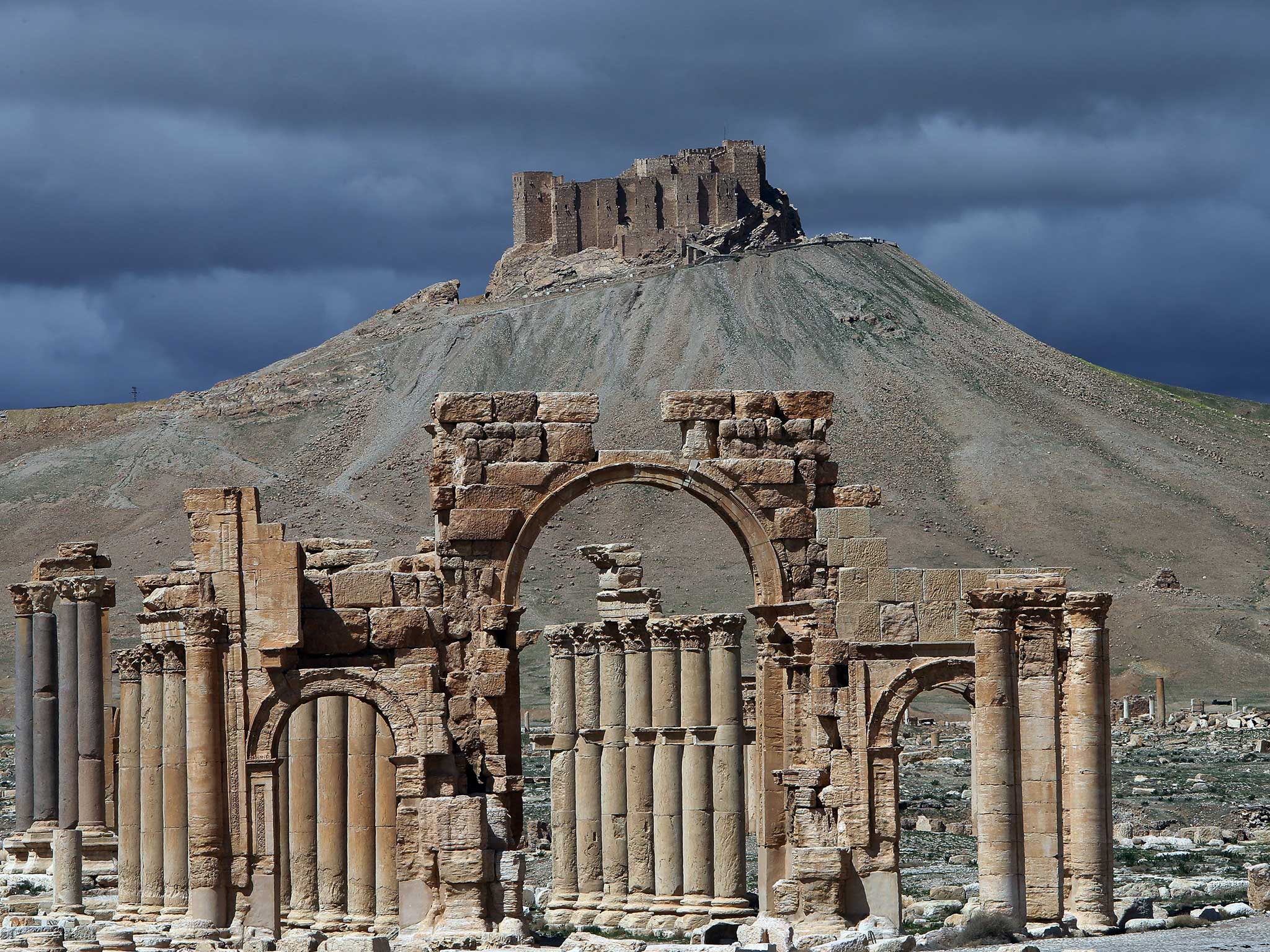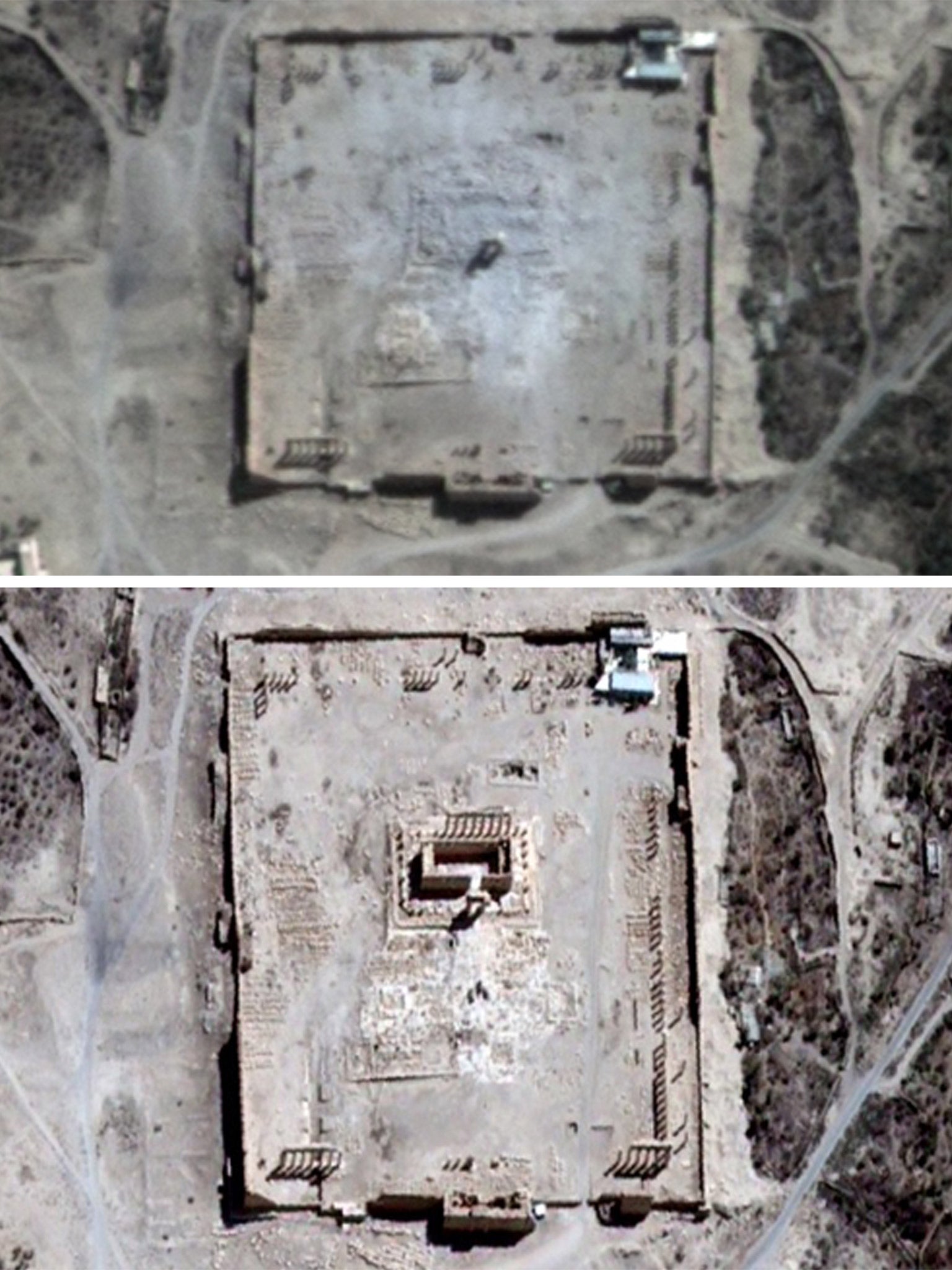Isis blows up three ancient tower tombs as destruction in Palmyra continues
Militants have destroyed anything that challenges their interpretation of Islam

Your support helps us to tell the story
This election is still a dead heat, according to most polls. In a fight with such wafer-thin margins, we need reporters on the ground talking to the people Trump and Harris are courting. Your support allows us to keep sending journalists to the story.
The Independent is trusted by 27 million Americans from across the entire political spectrum every month. Unlike many other quality news outlets, we choose not to lock you out of our reporting and analysis with paywalls. But quality journalism must still be paid for.
Help us keep bring these critical stories to light. Your support makes all the difference.
Isis has blown up three 2,000-year-old Syrian tower tombs in the latest destruction of ancient artefacts in the region.
The extremist Islamic organisation recently destroyed two ancient temples at the UNESCO World Heritage site of Palmyra, prompting international mourning for their loss.
Isis militants blew up the three towers, built between 44 and 103 AD, ten days ago. Among of those destroyed was Elahbel, which dated from 103 AD and was four stories high with an underground floor.
The destruction was confirmed by local residents and satellite images, the Guardian reported.
It comes just days after the group used explosives to flatten two historic temples. The Temple of Bel, an iconic religious building that had survived for 2,000 years, was destroyed by the militants as they sought to remove any form of what they consider idolatry.

In a further act of rage, militants beheaded 81-year-old Khaled al-Asaad, the archaeological director of a museum detailing Palmyra’s antiquities, and tied his body to a pole in late August.
Additional reporting by Reuters
Subscribe to Independent Premium to bookmark this article
Want to bookmark your favourite articles and stories to read or reference later? Start your Independent Premium subscription today.
Join our commenting forum
Join thought-provoking conversations, follow other Independent readers and see their replies
Comments